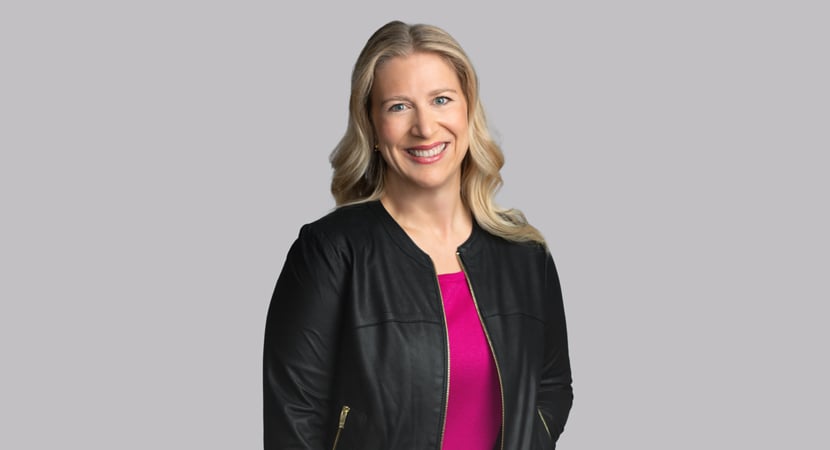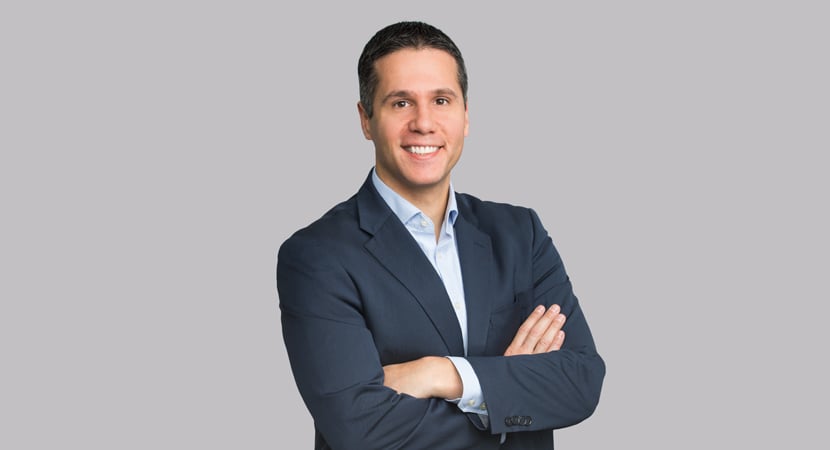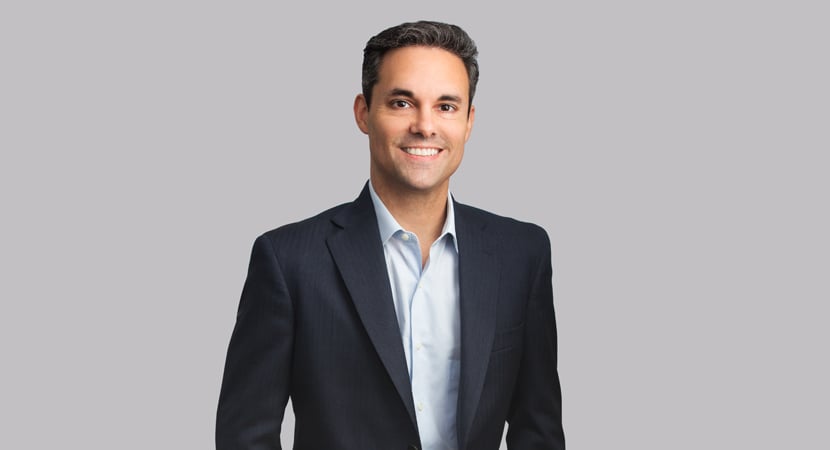District court grants motion picture studio’s motion for summary judgment and denies plaintiffs’ motion for summary judgment as to plaintiffs’ copyright infringement, breach of contract claims and claim for declaratory relief over film Top Gun: Maverick, finding no substantial similarities between plaintiff’s magazine article and defendant’s film.
The heirs of author Ehud Yonay sued motion picture studio Paramount Pictures for copyright infringement, breach of contract and declaratory relief arising out of Paramount’s release of the 2022 film Top Gun: Maverick, a sequel to the 1986 film Top Gun.
Plaintiffs alleged that Top Gun: Maverick is derived from and substantially similar to Yonay’s 1983 article about F-14 pilot and radio intercept officer training at the Navy’s “Top Gun” Fighter Weapons School. Yonay had assigned the motion picture rights in his article to Paramount in 1983, upon condition that Yonay would receive a credit “on the film or any motion picture photoplay” that is “produced . . . []under” the Assignment of Rights “and substantially based upon or adapted from [the article] or any version or adaptation thereof . . . .” Paramount released the original Top Gun movie in 1986 and included a “suggested by” credit to Yonay. In 2018, following Yonay’s death, plaintiffs sent Paramount a termination notice pursuant to Section 203(a) of the Copyright Act. Plaintiffs asserted that the termination of the assignment was effective Jan. 24, 2020, prior to the release of the sequel in 2022. The 2022 sequel did not include a credit to Yonay, which, according to plaintiffs, constitutes a breach of the terms of the 1983 assignment.
The court first addressed the parties’ respective motions to exclude testimony and evidence presented by two expert witnesses: plaintiffs’ expert witness Henry Bean, a writer and “former adjunct professor at Columbia University’s graduate film school and New York University’s Tisch School of the Arts,” and defendants’ expert witness Andrew Craig , a “Commanding Officer in the Navy Reserve, as well as a former Top Gun instructor.” The court granted defendant’s Motion to Exclude the Expert Report and Testimony of Henry Bean on the basis that Bean provided a subjective (rather than objective) analysis of substantial similarity that did not filter out unprotectable elements and, thus, failed to meet the admissibility requirements of Federal Rule of Evidence 702. Next, the court denied plaintiffs’ Motion to Exclude the Expert Report and Testimony of Andrew Craig, unpersuaded by plaintiffs’ arguments that Craig was unqualified to opine and that his opinions were not helpful. The court ruled that plaintiff’s
Motion to Exclude the Expert Report and Testimony of James McDonald as well as evidentiary
objections to McDonald’s report and testimony were moot because the court did not rely on these in determining the parties’ cross-motions for summary judgment.
After previously denying Paramount’s motion to dismiss, the court granted summary judgment in favor of the studio on plaintiffs’ copyright infringement claim as well as plaintiffs’ declaratory relief claim, which “rises and falls with the copyright infringement claim.” The court first explained that when assessing substantial similarity at the summary judgment stage, courts apply the extrinsic test (“an objective analysis of the works at issue to assess whether they are ‘substantially similar’”), as opposed to the intrinsic test (which “examines an ordinary person’s subjective impressions of the similarities between two works” and “is exclusively the province of the jury”). Under the extrinsic test, the court must carry out an analytical dissection by first filtering out unprotectable elements such as familiar stock scenes and then asking “only whether the protectable elements in two works are substantially similar.” Applying the extrinsic test, the court concluded that the 2022 sequel was not substantially similar to Yonay’s 1983 article.
The court disagreed with plaintiffs’ assertion that the plots were similar. While both of the competing works featured the Top Gun fighter pilot school and graduates and instructors, Top Gun was a “real fighter pilot school” and “the graduates and instructors in the [a]rticle are real people.” These factual elements are not protected by copyright law. The court also found that scenes such as “fighter pilots landing on an aircraft carrier, being shot down while flying, and carousing at a bar” are “unprotected facts, familiar stock scenes, or scènes à faire.” The court also found that the pacing and sequence of events in the competing works were not similar. The sequel, unlike the article, “proceeds in a linear fashion and has a consistent pace.”
As to themes, plaintiffs contended that the competing works had similar themes of “the bonds that form in military service,” “the sheer love of flying” and “true grit.” The court, however, found these to be “unprotected stock themes.” As to mood, plaintiffs contended that the competing works both featured moods of “the constant threat of death” and “tranquility and violence.” Similarly, the court found the moods to be “general” and “unprotected,” naturally flowing from “the basic plot premise of a story about fighter pilots training and embarking on missions.” As to dialogue, the court noted that plaintiffs only identified the single phrase “Fight’s on” that appeared in both works—and that it was an ordinary phrase not entitled to copyright protection.
The court then noted the substantial differences in the settings. In the sequel, the Top Gun
graduates trained at Naval Air Station North Island, while the graduates in the article trained at Naval Air Station Miramar. Plaintiffs also argued that the competing works had similar settings of “a jet’s cockpit, the sky, a classroom, an aircraft carrier, and a bar”—all of which were found by the court to be “unprotectable scènes à faire.”
Plaintiffs also argued that, even if these individual elements were unprotected, the selection and arrangement of the unprotected elements in the sequel were substantially similar to those in the article. The court rejected this argument as well, finding that plaintiffs merely identified “random similarities scattered throughout” the competing works.
Finally, the court granted summary judgment to defendants as to plaintiffs’ claim that Paramount breached the assignment of the copyright by not crediting Yonay in the 2022 sequel. The court held that to succeed on this claim, plaintiffs needed to show that the 2022 sequel was both (1) “produced [] under” the Assignment of Rights and (2) “substantially based upon [the article] or any version or adaptation thereof.” Noting that production of the sequel continued after plaintiffs terminated the assignment on Jan. 24, 2020, the court concluded that it wasn’t produced “under” the assignment and, additionally, that the sequel was produced independently of plaintiffs’ rights under the assignment, because it did not infringe on the article’s copyright. The court declined to assess whether the original 1986 film was an “adaptation” of the article (and, therefore, whether the 2022 sequel could qualify as “based on an adaptation of the [a]rticle”) because the parties’ motions and briefing did not provide sufficient argument on this issue.
Summary prepared by Melanie Howard and Alex Loh
-
 Chair, Luxury Brands; Co-Chair, Advanced Media and Technology; Chair, Intellectual Property Protection
Chair, Luxury Brands; Co-Chair, Advanced Media and Technology; Chair, Intellectual Property Protection -
 Associate
Associate
)






